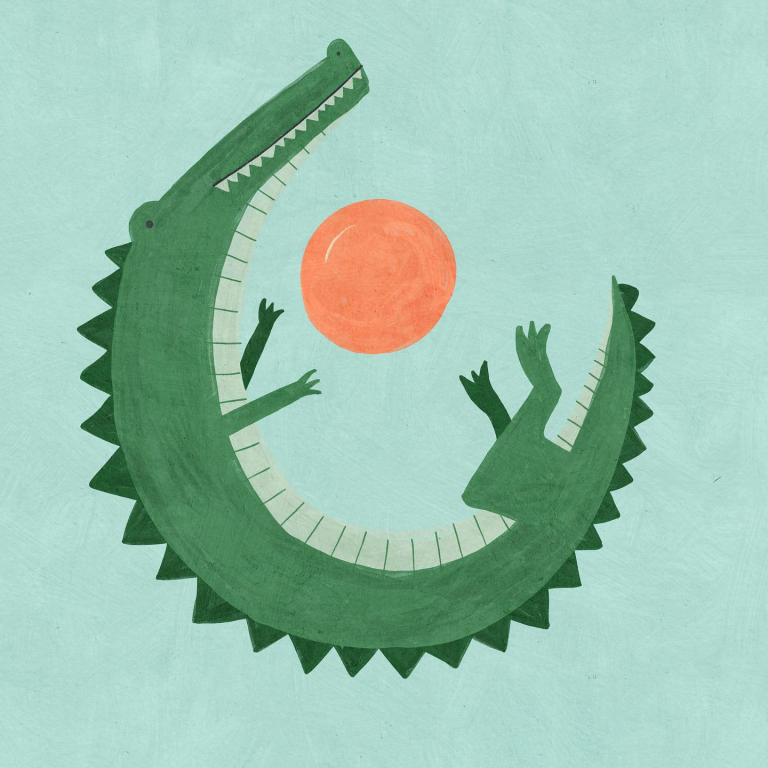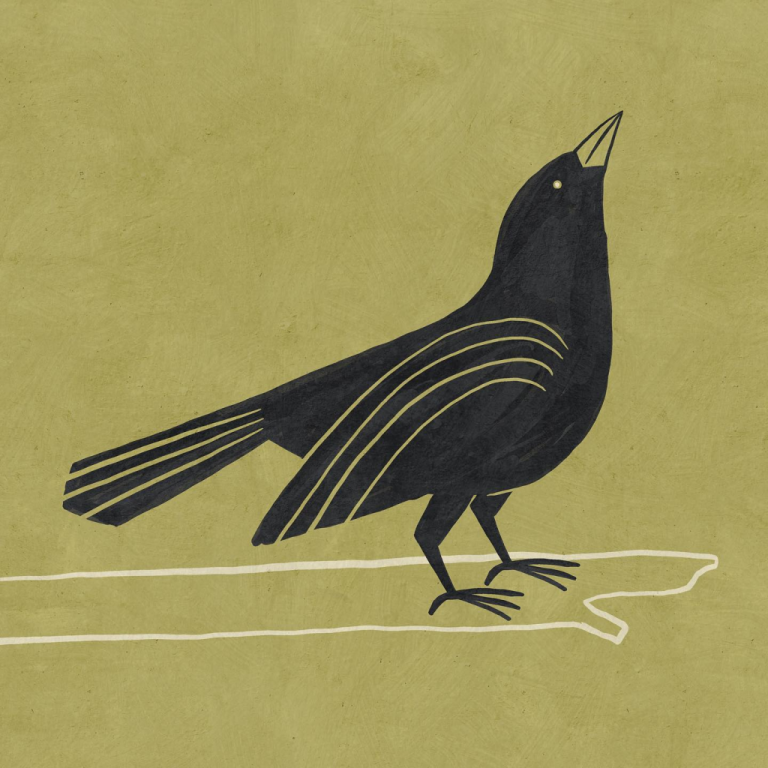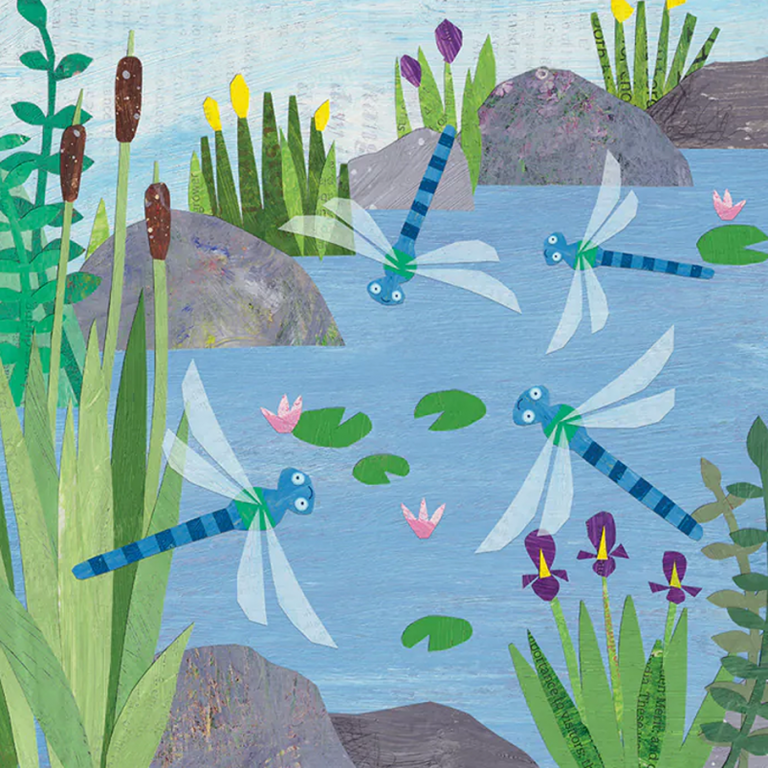
Birds often choose chimneys because they offer a warm, sheltered spot that’s safe from predators and bad weather. However, their nests can block airflow, create fire hazards, and sometimes cause unpleasant smells or noise in your home.
Of course, this also puts birds at risk too (some are harmed or die in fires if they fall down chimneys, and baby birds can fall from nests, or get thrown out accidentally by parent birds, sometimes not near trees if in urban areas.
Don’t install insulation until you’re sure birds have moved on. For gas fires, you’ll need a qualified fitter to move your fireplace away from the chimney opening, to conduct any work.
Crows like to nest in chimneys, and can fall or die of heat (it’s illegal to light fires if you know crows are nesting, so use a qualified sweep at summer’s end).
Spotting Bird Activity in Your Chimney
Before you can stop birds from nesting in your chimney, you need to know how to spot the signs early. Birds are crafty at hiding their presence, but with a little know-how, you can catch the clues that reveal their activity. Here’s what to look out for and when to check.
Signs of Nesting Birds
Birds leave plenty of hints when they take up residence inside chimneys. Droppings around the chimney base or inside the fireplace are a clear indicator. These can look like dark stains or dried splatters on your hearth or chimney bricks.
You might also see twigs, leaves, and feathers piled near the opening or tucked just inside the chimney cap. Or twigs, grass, leaves and hair falling into fire grates. Use gloves, if removing bird droppings.
Another giveaway is noise; chirping, fluttering, or scratching sounds especially at dawn or dusk often mean nests are active. Sometimes you can spot visible entry holes where birds are going in and out.
If you suspect birds but can’t see much, try shining a torch down the chimney while using a mirror angled towards the sides. This can help you spot nests in low light or hard to reach areas without disturbing the birds too much.
Common Chimney Nesters

Certain birds prefer chimneys more than others because of the shelter and warmth they offer. Knowing which species you’re dealing with can help you understand their habits and how to handle the situation.
- Crows build large, messy nests with sturdy twigs, often early spring. They’re loud and easy to spot but rarely nest deep inside chimneys.
- Owls favour chimneys in late winter and early spring. Their nests are simple, lined with feathers, and much quieter.
- Swifts and starlings are smaller birds that like to squeeze into tight chimney gaps. Their nests tend to be smaller but can pile up quickly, often active through spring and summer. Starlings especially can be noisy and aggressive when nesting.
These birds usually choose chimneys as safe spots away from predators, so nests range from small twig bundles to larger, more organised structures depending on the species.
Best Times to Inspect
Timing your chimney checks right makes all the difference. Birds are most active and noisy in the early morning or at dusk. Inspecting your chimney during these times improves your chances of spotting signs without disturbing them during the middle of the day.
After the first frost, birds often leave their nests for good, making this an ideal moment for a thorough inspection. Checking after cold weather also helps as any debris left behind is easier to spot and clear out, reducing the risk of blockage or fire hazards before you light a fire.
Regular seasonal checks, particularly in late autumn and early spring, will help you stay on top of any unwanted feathered visitors before they settle in for good.
Using Chimney Cowls and Caps
Chimney cowls & caps can help prevent smoke blowing back into homes. Install correctly so oxygen can circulate.
Installing chimney cowls or caps is a smart move to stop birds from returning. These covers act like a door that lets smoke out but keeps unwanted visitors out. Here’s what to know:
- Blocking entry: Cowls sit over your chimney pot and block any bird trying to get in. Some have mesh covers that keep small birds out without blocking airflow.
- Proper fit: Make sure your cowl fits well on your chimney top. A loose cowl can let birds slip in or get damaged by wind.
- Maintenance tips: Check your cowl regularly for rust, damage or blockages from leaves. Cleaning it once a year keeps it effective.
Cowls are not just for birds. They stop rain and reduce downdrafts, so it’s a good upgrade for any chimney.
Preventative Measures for Future Nesting
To deter unwelcome crows from gardens (stealing eggs, making a noise) know this is nature. If you don’t want them (say you have cats), keep food & rubbish sealed, and keep feline friends indoors at dawn and dusk.
Seal gaps and vent openings
Birds can squeeze through surprisingly small gaps, so check your chimney thoroughly for holes or openings beyond the main flue. Use steel wool to stuff small cracks; it’s flexible and hard for birds to pull apart. For larger spaces or cracks, apply a good-quality chimney sealant to block any potential entrances.
Don’t forget to inspect the roof flashing around your chimney base. Poorly fitted or damaged flashing can create gaps that birds spot easily. Fixing these tight spots also helps with waterproofing your roof.
Sealing works best combined with mesh or spikes for an all-round defence. It’s about cutting off every possible route in.
Schedule routine checks
Prevention means staying ahead of the problem. A quick look over your chimney twice a year can save a lot of trouble later. Aim for one check in early spring, just before nesting season, and another in late autumn after birds leave.
While inspecting, focus on:
- Signs of new nest material or bird droppings
- Condition of mesh or spikes (look for rust or damage)
- Any fresh gaps opening up in seals or flashing
If you notice anything unusual, fix it immediately to discourage birds from making a new home. A short walk on your roof or a visual scan with binoculars can do the trick if a full inspection isn’t safe or practical.
Regular checks keep your chimney in good shape while ensuring no unwelcome guests move back in. It’s a small effort that pays off in spare headaches and broken nests.
Safe Removal and Cleaning Methods
Once the birds have left your chimney, it’s important to act carefully and clean up properly. Leaving behind nests and debris can block airflow or even cause hazards like fires or mould. What’s more, chimneys often hold more grime and soot than we imagine, so a good clean and check-up make all the difference.
Here’s a clear guide on what to do and how to protect both your home and local wildlife.
Post‑nest Cleaning Checklist
Before you start any cleaning, make sure the birds have definitely flown the coop for good. Once you’re sure the chimney is empty, here’s what to focus on:
- Remove debris: Pull out all twigs, feathers, leaves, and nesting material. These can block airflow.
- Clean the soot: Use a stiff brush or chimney broom to scrub away soot and creosote build-up (this is now illegal to buy) inside the flue.
- Inspect for damage: Look for cracks, loose bricks, or signs of wear. Bird nests sometimes trap moisture that can cause damage.
- Disinfect surfaces: Use a mild bird-safe disinfectant spray on the chimney opening and hearth to prevent germs or parasites left by birds.
Don’t rush this work. Taking time with these steps will keep your chimney safe and ready for use again.
Helping Stray or Orphaned Birds
Finding a baby bird on the ground or spotting an abandoned nest can be worrying. It’s natural to want to help, but it’s important to act carefully to avoid causing harm. Birds, especially young chicks, are fragile and need specific care.
This section guides you through what to do if you come across a stranded or orphaned bird, when to seek expert help, and how to respect active nests.
Rescuing Baby Birds Safely
The first step is to check if the chicks truly need rescuing. Not all birds found on the ground are abandoned—sometimes young birds are fledging and learning to fly, which is a normal part of their development.
Here’s how you can help safely:
- Locate the nest: Look around carefully for the nest. Many times, a chick has simply fallen out but isn’t abandoned. If you find the nest intact nearby, gently place the chick back inside.
- Assess if the chick is abandoned: Observe quietly from a distance for at least an hour without approaching. Parents often leave the nest briefly to find food. If no sign of a parent returns, intervention may be needed.
- Observe lone baby crows or ravens up to an hour, as parents are likely still nearby and feeding chicks. If not, place in a high tree, and observe. If the bird is injured or parents don’t return (or if the bird has few/no feathers so is too young to stay in tree), call local wildlife rescue.
- Keep the chick warm: If you need to take temporary care, place the chick in a small box lined with soft cloth. Keep it in a warm, quiet spot away from pets, children, and noise.
- Avoid feeding or giving water: Baby birds have very specific diets, and incorrect food or water can cause harm. Do not try to feed or hydrate the chick yourself.
- Some birds need professional help, especially if they’re injured, sick, or very young without a nest. Wildlife rehabilitation centres have the training and resources to care for birds properly.
- Limit handling: Handling stresses young birds. Keep contact brief and only if necessary to move the bird to safety.
By staying calm and cautious, you give the bird the best chance of survival without causing further trouble.
Know when to reach out:
- Injuries: Look for wounds, broken limbs, bleeding, or difficulty moving.
- Visible signs of illness: Lethargy, laboured breathing, or unresponsiveness.
- Unknown bird species or very young chicks: Some species require special diets or care.
- Repeated failed returns to the wild: If a bird is found multiple times in trouble.
When you call a rehab centre or wildlife rescue, provide clear information:
- Exact location where you found the bird.
- Description of its condition.
- Behaviour observed (e.g., active, weak, injured).
- The species if known (or a brief description).
They may advise you on immediate steps or arrange a collection. Remember, professionals have permits and the experience to give these wild creatures the best help while following legal protections.
Avoid Disturbing Active Nests
While your intentions are good, disturbing active bird nests can cause serious problems for the birds and get you on the wrong side of the law.
Birds nesting on your property are often protected by law, especially during the breeding and nesting season. Interfering with nests can disturb the eggs or chicks, causing stress or abandonment by the parents.
To protect the birds and yourself:
- Wait until fledging: Avoid any work or maintenance around the chimney or nesting spots until the young birds have left the nest.
- Recognise legal protection: Many species have full or partial protection, meaning disturbing nests is illegal.
- Plan preventative work for off-season: Schedule chimney bird-proofing, cleaning, or repairs outside nesting months, usually late autumn or winter.
Respecting active nests is not only about following the law but also about giving birds the chance they need to grow and fly safely. Sometimes patience is the best help you can offer.
Conclusion
Keeping birds from nesting in your chimney takes simple steps like installing mesh, sealing gaps, and checking regularly. These actions protect your home from blockages and fire risks while keeping birds safe. With a bit of care and attention, you can prevent unwanted nests without harming wildlife.
Regular maintenance and timely inspections will help you spot any signs early and stay ahead of potential problems. Taking these precautions means your chimney stays clear and ready to use throughout the year.






